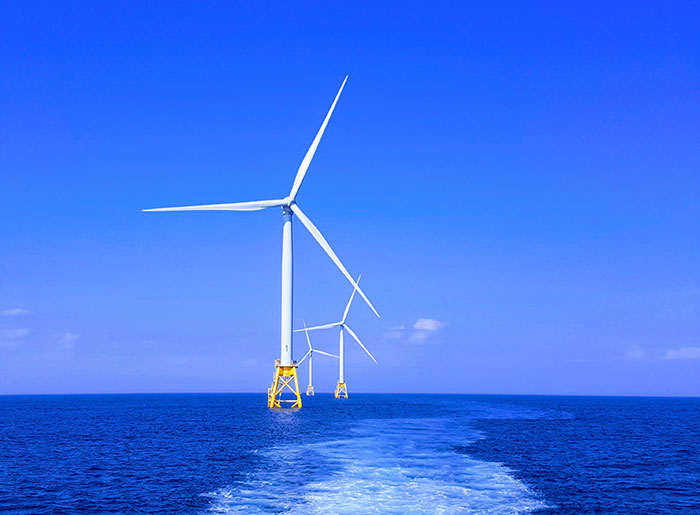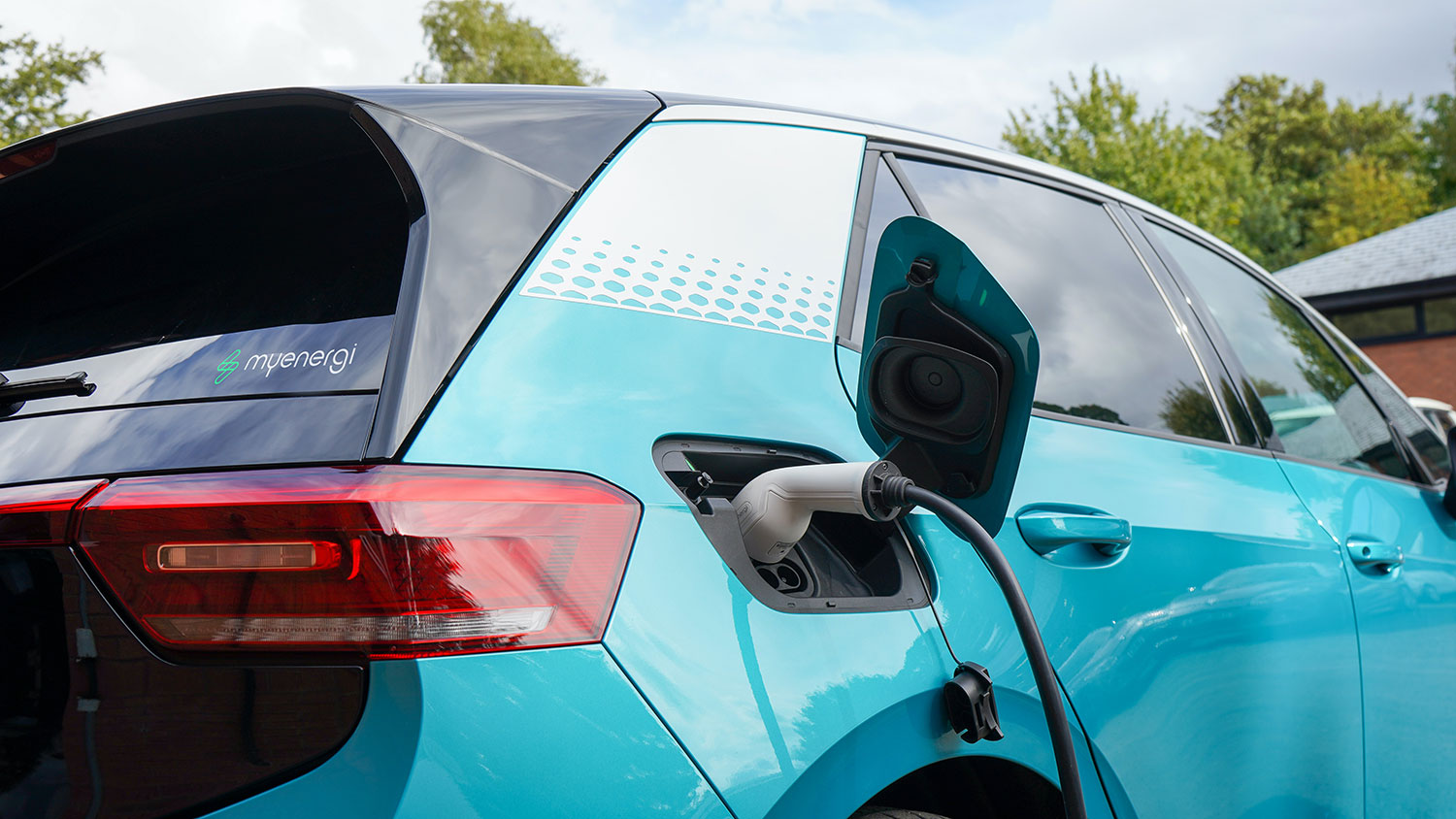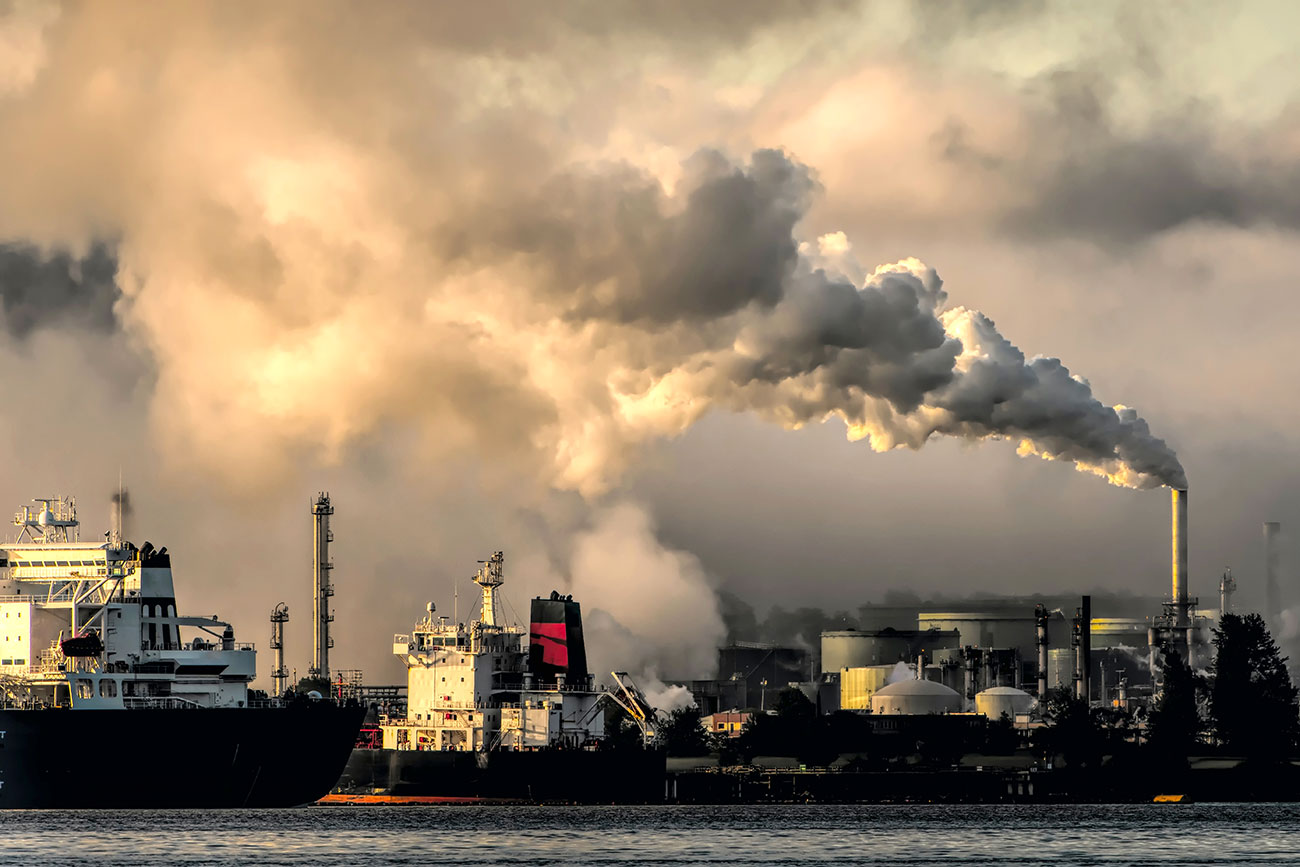The global energy transition
The discovery of fossil fuels cleared the path for industrialisation with the automation and acceleration of work processes. It ignited a vicious cycle of burning fossil fuels to build bigger machines to drill for more oil, gas and coal to gain capacity for an even bigger technical exhaustion of fossil fuels. Nearly all attributes of the modern age to emerge around 1900 were related to the availability of previously unknown quantities of oil, gas and coal: electricity, mobility, mass production, speed and large-scale infrastructure measures. Great achievements of our civilisation have resulted from the industrialisation and the combusiotn of fossil fuels. However, between 1950 and 2000 the increase of global demand for fossil fuels went up by 500%. This had devastating consequences for the environment – the pollution of the air and our flora and fauna and the rapidly increasing emissions of greenhouse gases causing an unprecedented global temperature increase.


A change in direction is indispensable - and doable. Staying below the dangerous benchmark of 1.5°C is indeed still possible. Transforming our cities into regenerative systems, upscaling renewable energy, protecting our land, forests and ocean from degradation, establishing a truly sustainable foodsystem or decarbonising the supply chains are at the heart of the endeavor. The energy sector is about to transition from a vertical to a horizontal structure — from a centralized, hierarchical, supplier-centric energy infrastructure to decentralized, customer-centric and participatory energy generation and distribution models.
Most of the existing energy markets are characterized by these complex centralized infrastructures: a vertical supply chain. Whereas future energy markets are decentralized, with a horizontal supply chain and where benefits are widely distributed among new actors and stakeholders, including individual citizens and small businesses. This is the direction where the future business models of the energy utilities will have to adapt to. An example can be found in the Energiewende in Germany: more than one half of the electricity consumption is coming from renewable sources such as wind and solar PV which are the major contributors. These are primarily owned by citizens, energy cooperatives, farmers and small to medium-sized companies. This public participation creates enormous added value for a society.

